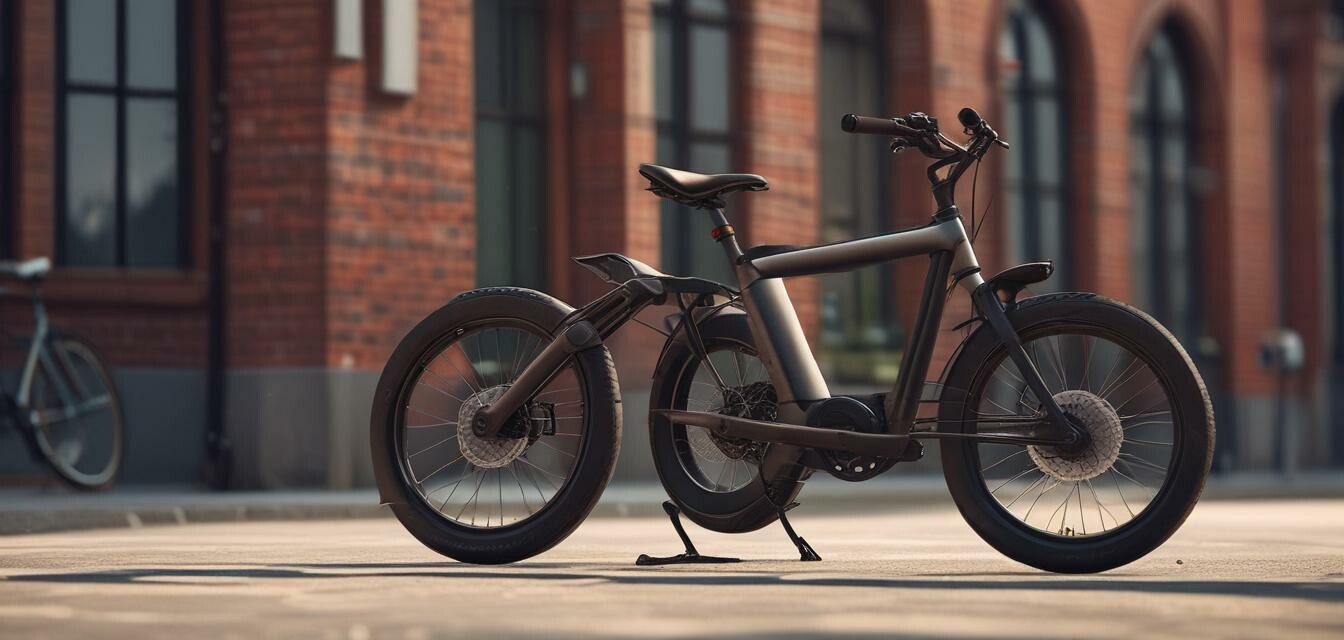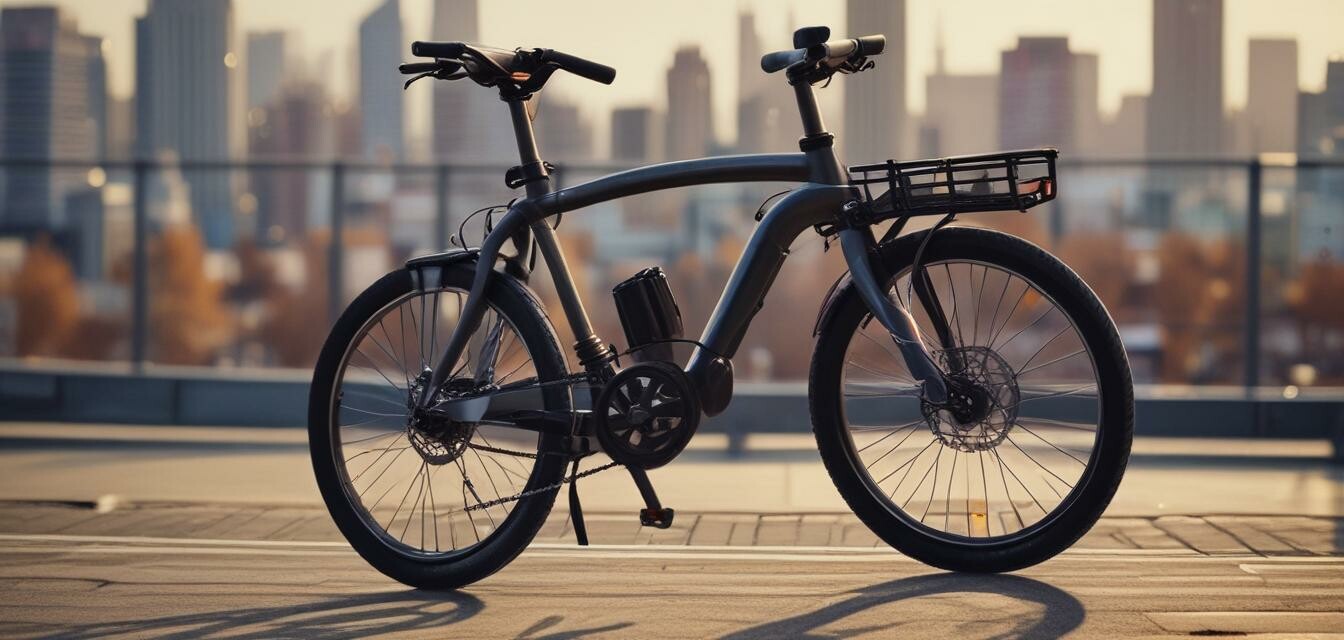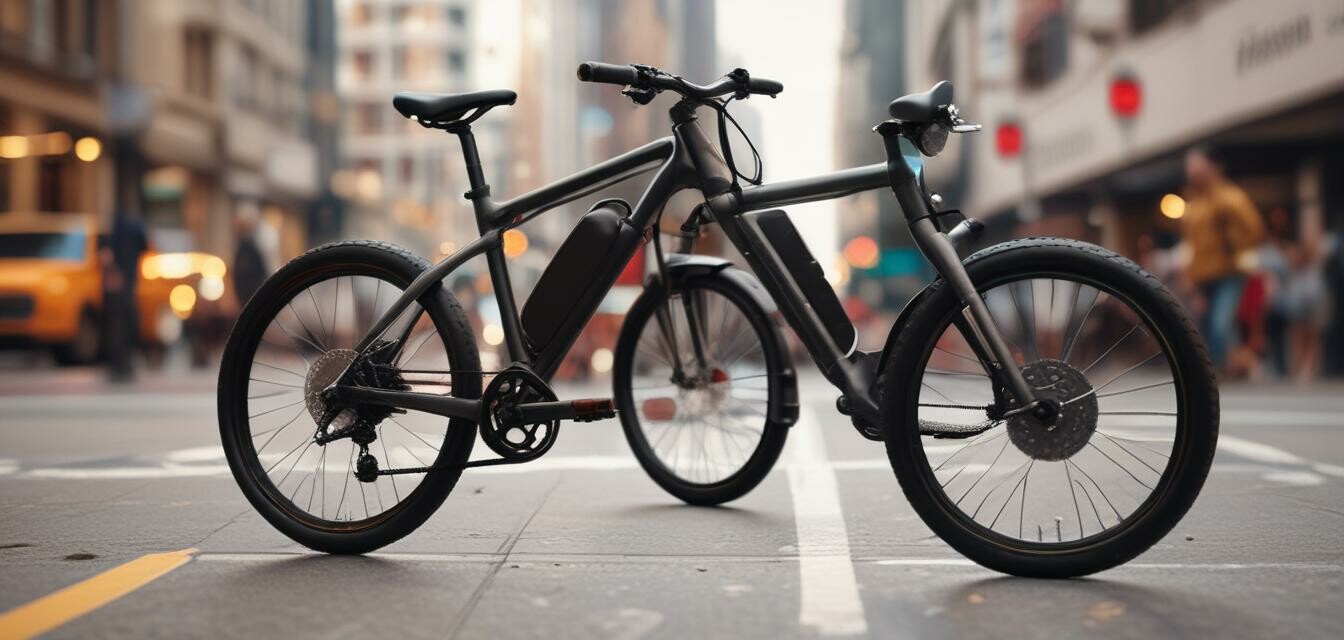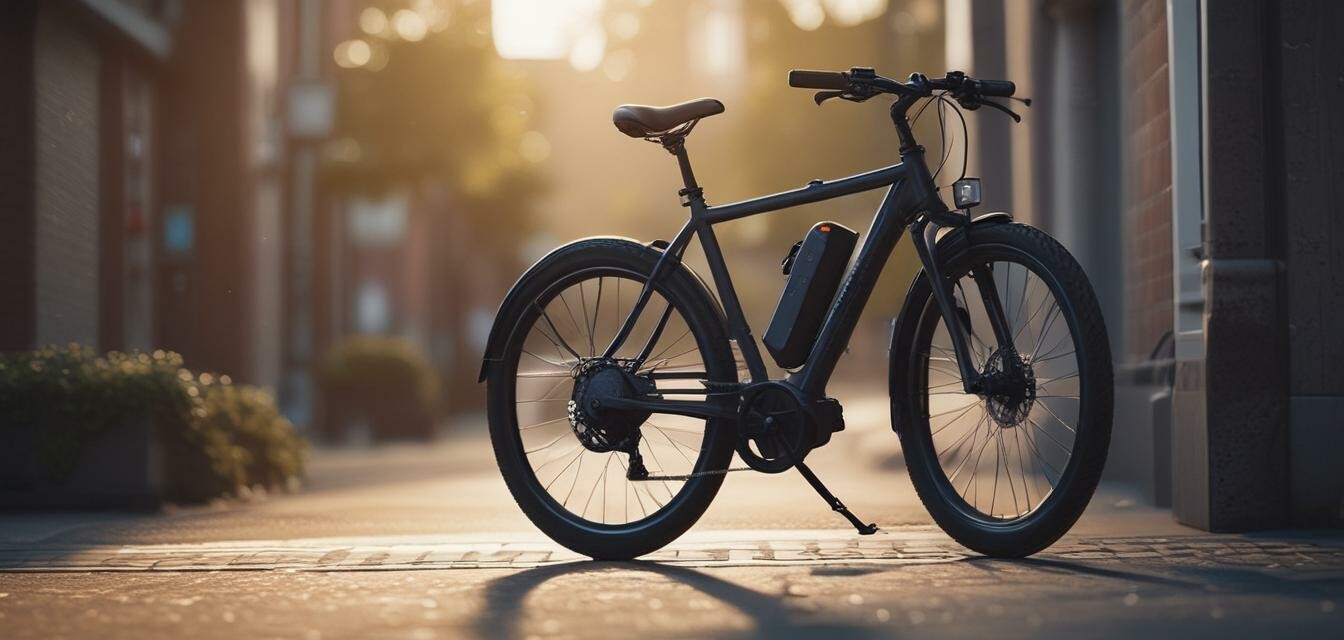
Electric Bike vs. Traditional Bikes
- Electric bikes offer an assisted riding experience, making commutes easier.
- Traditional bikes are simpler with no electronics, appealing to purists.
- Both bike types have unique advantages, depending on the rider's needs.
- Cost and maintenance should be considered when making a choice.
Choosing between an electric bike and a traditional bike can be a challenging decision for urban cyclists. Understanding the differences, benefits, and drawbacks of each type can significantly enhance the riding experience. This article provides a comprehensive comparison to help you determine which bike is best suited for your needs.
Overview of electric bikes
Electric bikes, also known as e-bikes, are bicycles equipped with an electric motor that assists the rider's pedaling. This technology makes riding more accessible, especially for those covering long distances or tackling steep hills.

What are traditional bikes?
Traditional bikes, or standard bicycles, operate purely on mechanical components. Riders rely entirely on physical strength to navigate terrains, making them a more straightforward option for those who prefer simplicity and moderate exercise.

Comparison table: Electric Bikes vs. Traditional Bikes
| Feature | Electric Bikes | Traditional Bikes |
|---|---|---|
| Motor Assistance | Yes, provides pedaling assistance | No motor assistance |
| Maintenance | Generally more complex due to electronics | Simpler maintenance |
| Cost | Higher initial cost | Lower initial cost |
| Range | Can travel longer distances with less effort | Dependent on rider's physical capability |
| Exercise Benefits | Moderate exercise with less fatigue | Higher physical exertion |
Benefits of electric bikes
- Assisted pedaling makes it easier to ride long distances.
- Electric bikes are particularly helpful for commuting uphill.
- The ability to maintain higher speeds with less effort.
- They often come with features like integrated lighting and locking systems.
Considerations for purchasing an electric bike
When deciding to invest in an electric bike, you should consider several factors:
- Determine your budget, keeping in mind the initial cost and potential maintenance expenses.
- Consider the bike's weight and your ability to lift it, especially if you may need to store it in tight spaces.
- Think about battery life and range to ensure it meets your commuting needs.
- Inspect the durability and warranty to avoid future issues.
Benefits of traditional bikes
- Simplistic design leading to easier repairs and maintenance.
- Lower cost, making it more accessible to a wider audience.
- Promotes fitness and can offer a more vigorous workout.
- Less weight due to absence of electric components, making it easier to handle.
Considerations for purchasing a traditional bike
Here are some key factors to consider when looking for a traditional bike:
- Identify your riding style and the terrain you will be encountering.
- Evaluate the frame material for weight and durability.
- Check the gear system to match your cycling needs.
- Consider accessibility options, like a quick-release mechanism for tires and adjustable seat height.
Pros of electric bikes
- Make cycling accessible for those with physical limitations.
- Reduce commuting time by adding motorized speed.
- Encourage longer rides without significant fatigue.
- Support varied cycling terrains effectively.
Cons of electric bikes
- Higher purchase price compared to traditional bikes.
- Battery maintenance and potential replacement costs.
- Heavier weight due to motor and battery components.
- Regulation restrictions in some areas.
Pros of traditional bikes
- Greater simplicity and easier repairs.
- Lower overall cost.
- Health benefits due to increased physical exertion.
- Lightweight and easy to store.
Cons of traditional bikes
- Physical limitations may restrict long rides.
- May not provide necessary speed for quick commutes.
- Dependence on the rider's physical fitness level.
- Difficulties on steep hills or against strong winds.
Final thoughts
Ultimately, whether you choose an electric bike or a traditional bike will depend on your personal cycling lifestyle, budget, and fitness goals. Understanding the benefits and drawbacks of each bike type will guide you in making a well-informed decision that supports your urban cycling needs.
For more information on electric bike maintenance, check out our Electric Bikes. Additionally, if you want to enhance your cycling experience, consider looking at Bike Locks & Security to ensure your bike's safety.








